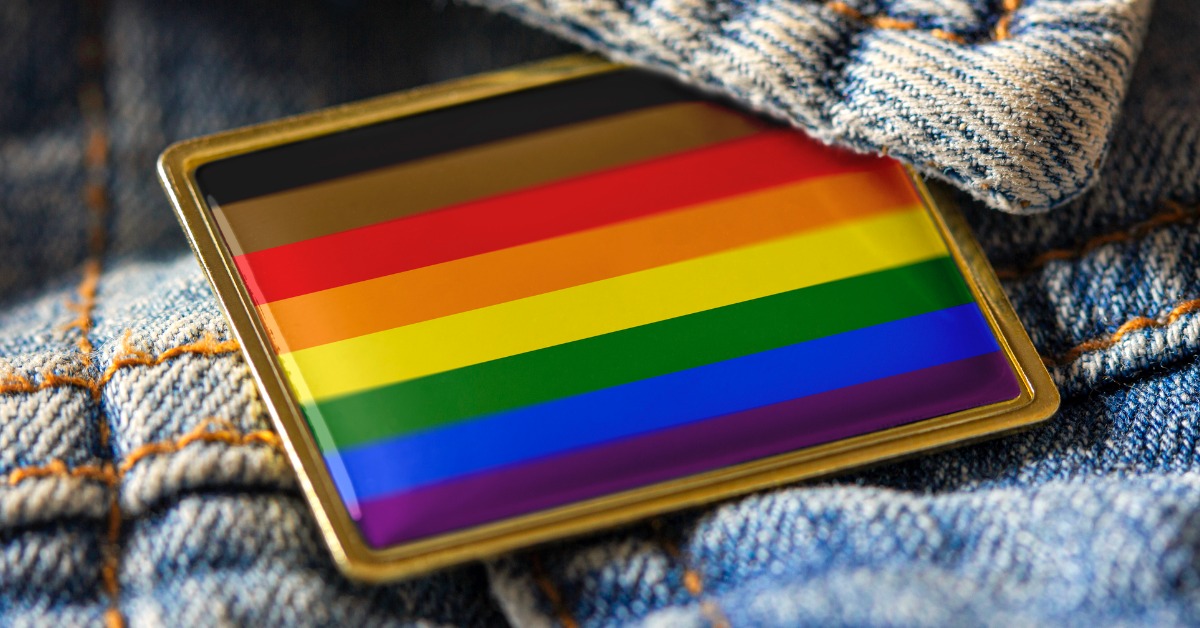
21 Jun How to Better Serve the Underserved: The LGBTQ Community
Part Three in a Series
Within the United States, roughly 5.6% of the population identifies as a member of the LGBTQ community. Despite being a relatively small population within the United States, the LGBTQ community is vastly overrepresented when it comes to mental and behavioral health challenges. 59% of LGBTQ adults and 60% of transgender adults report poor mental health, and the barriers they experience when seeking care lead many to consider suicide. These statistics become even more alarming if the individual is also a visible minority.
To fully serve the needs of the diverse individuals within the LGBTQ community, behavioral healthcare clinicians must understand the challenges they face when seeking care, and learn how to organize their treatment in a way that affirms their sexual orientation and gender identity.
Shame, Trauma, and the Associated Risks within the LGBTQ Community
Even in 2021, many young people still feel like they are taking a risk when they openly express their sexual identity. If their parents, family, or friends are not supportive, this shame and trauma will compound, putting them at increased risk for substance use disorders, anxiety, depression, and even suicide.
This negativity doesn’t just come from friends and loved ones – one survey found that 9% of LGBTQ individuals and 21% transgender people have experienced abusive or harsh language from a doctor – a professional they should be able to trust.
Whether they face discrimination personally, or are simply denied the opportunities or access to mental healthcare that is available to their straight peers, this trauma is undoubtedly a contributing factor to many of the challenges faced by members of the LGBTQ community.
Addressing the Challenges LGBTQ Individuals Face When Seeking Care
When treating members of the LGBTQ community, it’s essential that behavioral health clinicians understand the common challenges this population faces when seeking help for a mental illness, substance use disorder, or other mental health challenge.
Bias and Discrimination: Despite their elevated need for care, many LGBTQ people struggle to find a clinician or therapist who is accepting of their identity. Their fear of rejection, or inability to find a therapist willing to treat them is likely to prevent them from receiving adequate care. This is particularly concerning considering that in a 2021 survey from The Trevor Project, researchers discovered that “LGBTQ youth who had access to spaces that affirmed their sexual orientation and gender identity reported lower rates of attempting suicide.”
Economic Inequality: Economic inequality is a major barrier to care for many LGBTQ people. From a young age, LGBTQ youth are at a 120% greater risk for homelessness, and that number increases if the individual is also a person of color. Lack of financial resources leads many people to skip meals, and makes health insurance inaccessible.
Improving Behavioral Health Outcomes for the LGBTQ Community
The growing diversity and intersectionality of the LGBTQ community requires clinicians to be thoughtful and understanding of the needs of each client in their care. Here are some methods that clinicians can use to improve outcomes in their practice.
Understand Intersectionality: The LGBTQ community is one of the most ethnically diverse within the United States. Clinicians must be diligent in understanding how their clients’ gender identity, sexual orientation, and racial and ethnic background intersect, so they can offer them care that’s tailored to their needs.
Collect Relevant Details: A behavioral health EHR is a useful tool for any practice, especially those who work with diverse populations. By collecting all relevant demographic details of each client, they can be matched with ongoing performance metrics to ensure that the treatment options being explored are working for each client’s needs.
Improve Education and Training: In a recent study of North American medical schools, more than half did not offer any clinical training in LGBTQ health. If knowledge in your practice is lacking, arrange for continuing education classes to ensure that clinicians know as much as possible about this population.
Create an LGBTQ-Positive Space: There’s so much that clinicians can do to ensure that members of the LGBT community feel welcome in their practice. Common suggestions include:
- Using inclusive language in all communications
- Using the patient’s preferred name and pronouns at all times
- Displaying signage, flags, or images that are inclusive of the LGBTQ community
- Offering gender-inclusive restrooms
Additional Resources
There are so many actions you can take within your practice and in your interactions with clients to ensure that LGBTQ individuals feel welcome and supported while they are under your care. To learn more, you can find additional resources here.
National Center for Transgender Equality
SAMHSA Behavioral Health Equity – LGBTQ+ Population
National Queer and Trans Therapists of Color Network (NQTTCN)
LGBTQ+ Mental Health: Insights from MHA Screening
Society for Sexual, Affectional, Intersex, and Gender Expansive Identities (SAIGE)
“How to Better Serve the Underserved” is a multi-part series. Find the previous blogs here:
How to Better Serve the Underserved: Racial and Ethnic Groups
How to Better Serve the Underserved: Caring for the Mental Health of Veterans and Active Military



Sorry, the comment form is closed at this time.